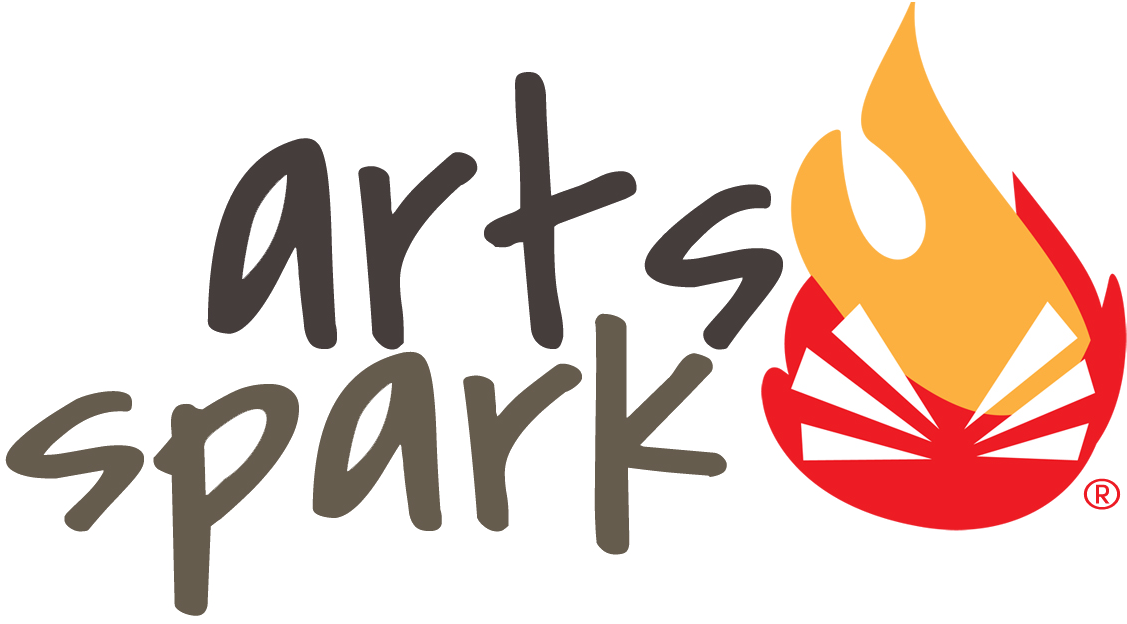Podcast Recording
A podcast is a, a digital audio file made available on the Internet for downloading to a computer or portable media player. Typically podcasts are available as a series, where new episodes can be received by subscribers automatically.
Planning and Pre-Production
Theme
You can go broad or just focus on your own niche. Whatever you choose, just make sure it remains constant. The more passion and knowledge you have about your topic the better, this will make the show more interesting to listen to because your excitement will transfer over to your listeners and make them more entertained.
Length and Format
It is important to remember that most podcasts do not exceed 60 minutes. Each episode you create should have a similar time frame and format. Meaning that your intro, how you proceed, and how you close your episodes should follow the same layout for each episode. This does not mean that each episode needs to mirror each other. So do not let this hold you down when it comes to creativity, you can always add sparks of difference in each episode.
Script
Even if you prefer to improvise, having some type of script or list of what you wish to talk about or do during each episode is a great way to keep things running smoothly. This is especially important if you have people working with you, and will serve as a guide when editing your recordings.
Schedule
It is important to create a schedule for when you plan to record and for when you plan to release each of your podcasts. By releasing your podcasts on a set schedule, your audience will be more likely to stay tuned because they know exactly when you will release your new material.
Equipment
Having good equipment for recording and editing is important when it comes to creating podcasts. Check out our article, Creating a Home Recording Studio, for more information about how to set up a space right in your own home for awesome recording capabilities.
Recording
You can now put your planning to good use and begin constructing the podcast of your dreams. Do not be afraid of the bumps along the way because even professionals have to trouble shoot. Once you have you initial audio recording you can add all the bells and whistles you wish in post production.
Post Production
Post production editing is key to most podcasts. This is where you can overlay sounds, add your intro, and include relevant music and sound effects. You can use editing programs to ensure volume levels are constant throughout the entire episode while also working on tightening the dead spaces you may have within your initial recording. Your main goal should be to highlight the speakers, so it is important to make sure any additions you may have do not overpower your original content. Beginning or casual podcasters should not need any expensive software or extreme amount of time to create a really solid interesting, multilayered podcast.
Uploading
The purpose of creating a podcast is to upload it and share it with others. This means that you need to upload your audio files on your personal website or use a third party to host your files . Podcasts are usually XML files that index the MP3 file and the data the represents each episode. If you create a website with Arts Spark you can add a specific plugin for generating a podcast XML file. You can submit this to iTunes, Google Music, SoundCloud, and other sites that have podcasts available. For more information about uploading specifications check out the company you desire to use website.
Conclusion
Do not forget that podcasts are recurring media and if you wish for your podcasts to be successful you must keep creating and posting them. Podcasts can be a great way for you to get your thoughts out their and help build your fan base.
Sources
http://www.digitaltrends.com/how-to/how-to-make-a-podcast/4/
http://transom.org/2015/podcasting-basics-part-1-voice-recording-gear/
http://readwrite.com/2015/05/02/audio-podcasting-on-a-budget/

0 Comments